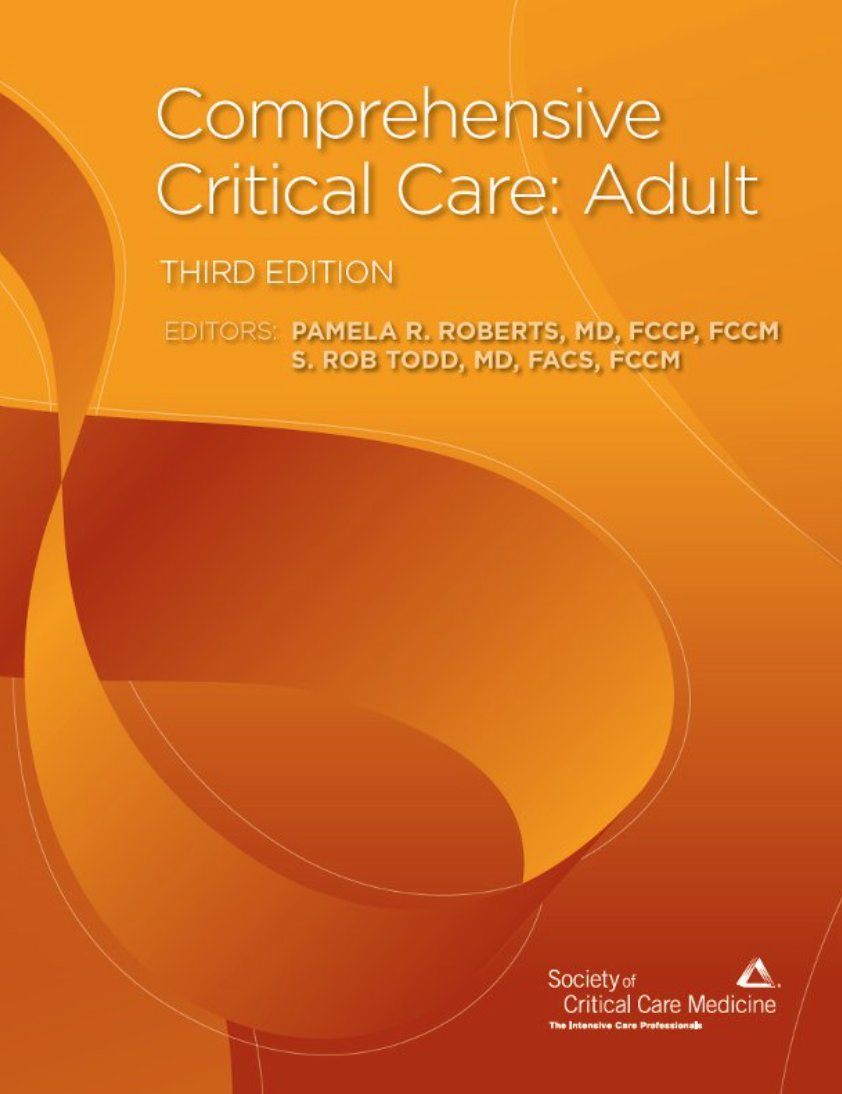
These books from @accpchest & @SCCM represent my study goal for this month. Before starting any (re-)certification exam & especially f you want to ace the tests, there are a few recent trends (& old habits/tricks) that you need to be aware of: 



1. If there is an option of "doing nothing", this is most likely the correct answer.
2. There is always a mixed metabolic disorder. Memorize Winter's formula.
3. Prepare for several COVID-19-related questions. No surprise here...
2. There is always a mixed metabolic disorder. Memorize Winter's formula.
3. Prepare for several COVID-19-related questions. No surprise here...
4. TEG is very popular. Even of you are a dinosaur, you have to learn the basics about visco-elastic tests.
5. I know you have no CAR T-cell therapies in your hospital (& no one can really spell them correctly), but be prepared for managing cytokine release syndrome.
5. I know you have no CAR T-cell therapies in your hospital (& no one can really spell them correctly), but be prepared for managing cytokine release syndrome.
If you don't know anything, just remember what we do in COVID-19: steroids + toclizumab.
6. There is always a chest x-ray with a well hidden finding. You will never find it anyway because the image quality sucks, but use it as an opportunity to schedule your annual vision test.
6. There is always a chest x-ray with a well hidden finding. You will never find it anyway because the image quality sucks, but use it as an opportunity to schedule your annual vision test.
7. Read a little bit about ECMO. You may not know which button to push on your ICU's ventilator to check for auto-PEEP, but you are expected to recognize an ECMO circuit oxygenator clot (and change it) in a heart beat.
8. There is always a question about Hantavirus
8. There is always a question about Hantavirus
pulmonary syndrome (HPS). Even though HPS is a disorder that 99.9% of intensivists will never have to manage during their clinical career, it is a question that 100% of intensivists will encounter during their test-taking career.
9. Please learn the mechanical complications of
9. Please learn the mechanical complications of
myocardial infarction. I know that last time you placed a Swan was before the Connors' study, but the examiners think you sleep w a Swan under your pillow. So, you better know what these V waves mean.
10. Induced hyperlipidemia can save a life. Commit this piece of info to memory
10. Induced hyperlipidemia can save a life. Commit this piece of info to memory
Thanks for reading & keep following for live coverage as I am browsing these books. Now I will open the first one of them!
#FOAMed #FOAMus #FOAMcc #MedTwitter #MedEd @msiuba @NephroP @MynephCC @TaotePOCUS @cjosephy @critconcepts @MegriMohammed @emily_fri #MedStudentTwitter
#FOAMed #FOAMus #FOAMcc #MedTwitter #MedEd @msiuba @NephroP @MynephCC @TaotePOCUS @cjosephy @critconcepts @MegriMohammed @emily_fri #MedStudentTwitter
I apologize for the typos. I put everything down in a minute… 🤷♂️
• • •
Missing some Tweet in this thread? You can try to
force a refresh







